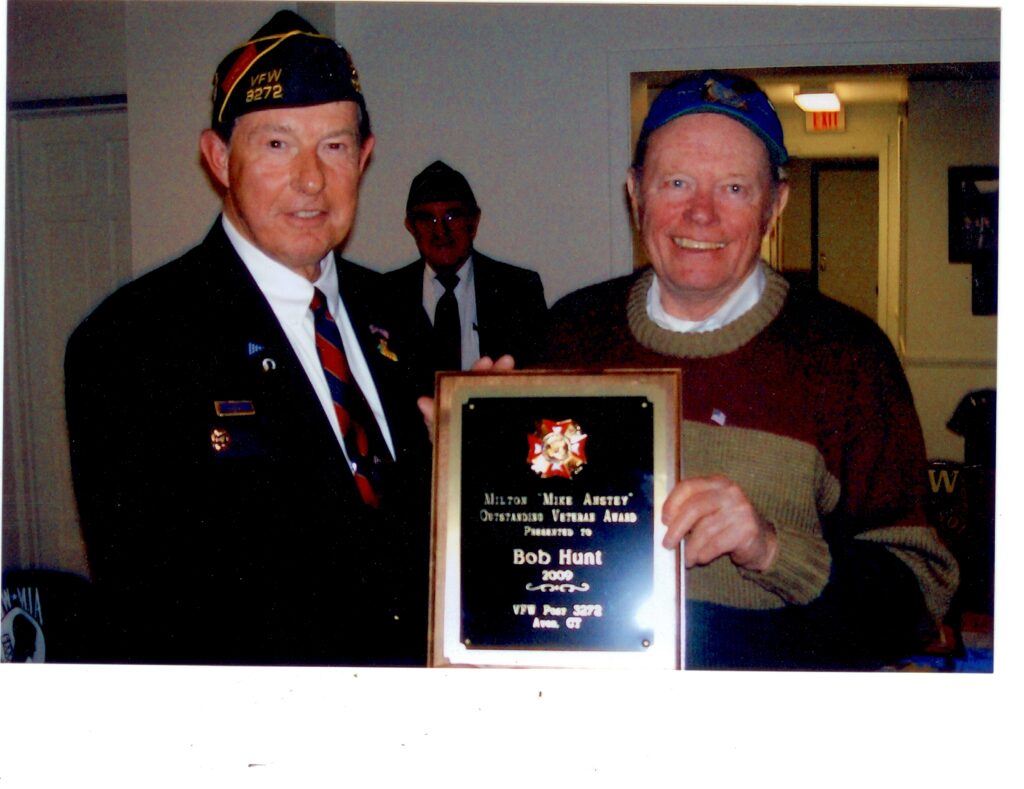Operation Overlord: Robert C. Hunt
“Ten minutes to Six, I think it was, the USS Texas opened fire on the beach and that was the beginning of the battle for us.”
Robert C. Hunt

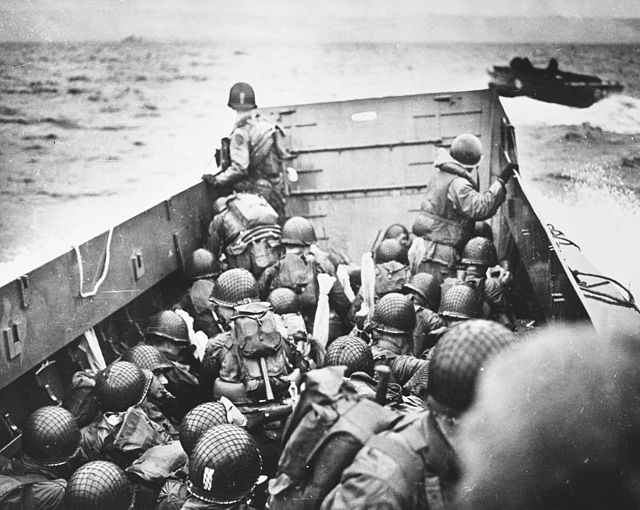
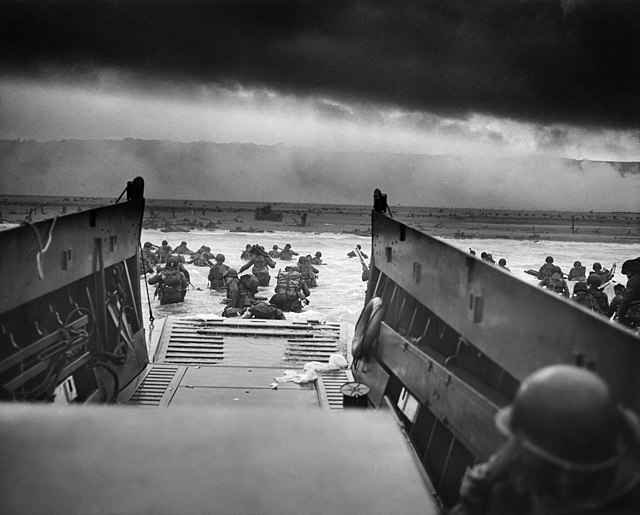
On the 6th of June 1944, the Western Allies; the United States, Britain, and Canada initiated Operation Overlord, the invasion of German-occupied Northern France. The combined assault consisted of the largest Armada ever assembled, over 7000 allied ships and approximately 160,000 soldiers, and tens of thousands of paratroopers dropped behind the beaches and fortifications.
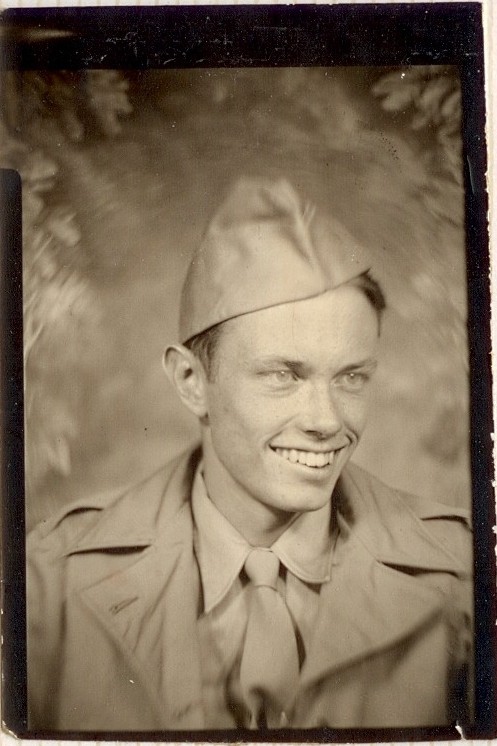

Connecticut Veteran, Corporal Robert C Hunt was one of the many soldiers who waded ashore in the first hours of the invasion. Hunt was part of the 203rd Engineer Combat Battalion, 6th Engineer Special Brigade. Alongside their basic infantry training, they were taught how to construct bridges, clear obstacles, maintain heavy equipment, clear minefields, and repair roads.
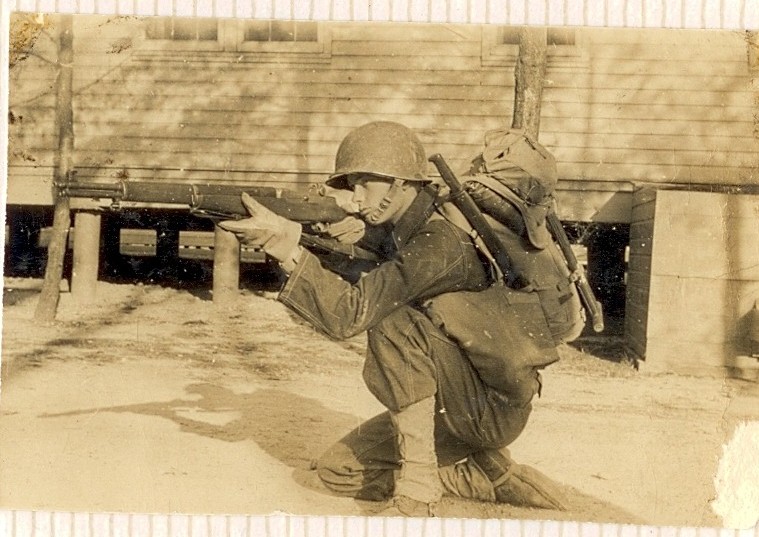
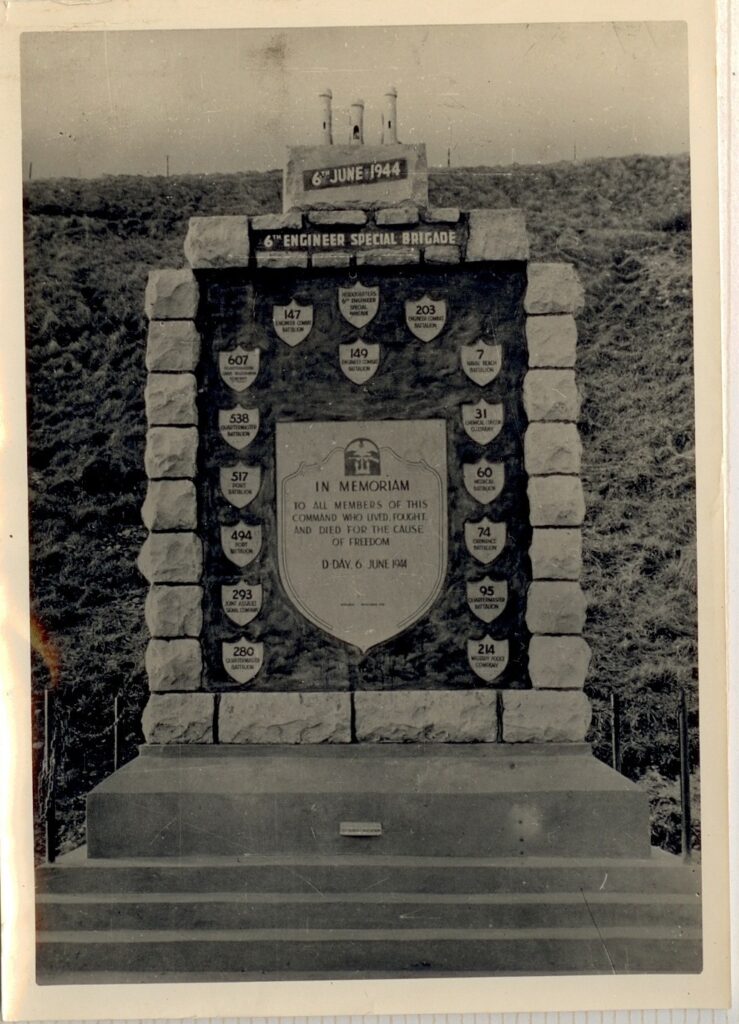
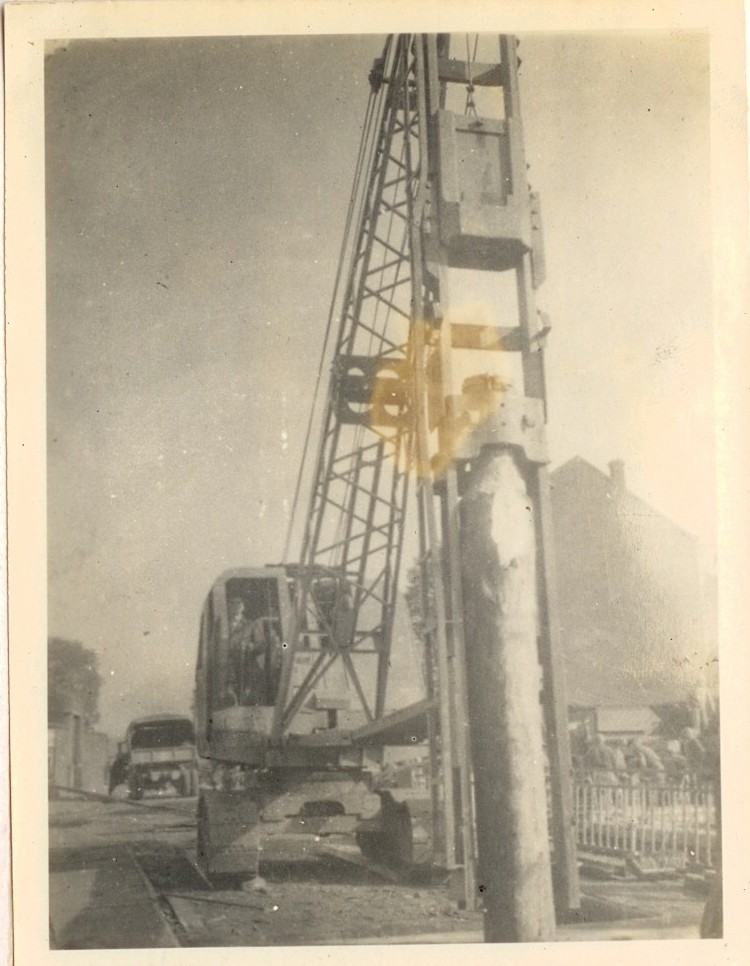
Before the landings, troops drilled and practiced preparing for the assault landing. At Slapton Sands in eastern England, the American forces that were supposed to land on Omaha Beach rehearsed their duties as the beach mimicked the environment of Omaha.
By early June, the invasion was set in motion. Robert Hunt and the rest of the 203rd Battalion set out to Normandy, arriving off the coastline at 4:00 am on June sixth. For approximately 2 hours, U.S destroyers, cruisers, and battleships shelled the beach and fortifications. At 6:00 on June Sixth, troops boarded their LCVPs and set sail for shore, among the infantry were the 147th and the 149th engineer battalion of the 6th Engineer Special Brigade task with removing obstacles and punching a hole in the fortifications for a breakthrough. Meanwhile, the 203rd Battalion was designated as the reserve engineer battalion, landing on the beaches a couple of hours after the initial waves.
When it was time for the 203rd Battalion to move ashore, the men boarded their LCVPs. When the ramp dropped, Hunt and the rest of his platoon (thirty men on board the LCVP) were met with unfamiliar scenery. They were approximately a mile off their suppose landing site.
After wading ashore in chest-deep water, Hunt and his platoon moved a few hundred yards off the beach to a road that was parallel to the beach. Their objective was to move to the town of Trévières on the Aure River, upon arrival they were supposed to secure and repair the bridge or build a new one to allow the armor division to keep moving inland. However, progress was slow, the 203rd Battalion never made it to the town as the allies encountered German resistance further inland.

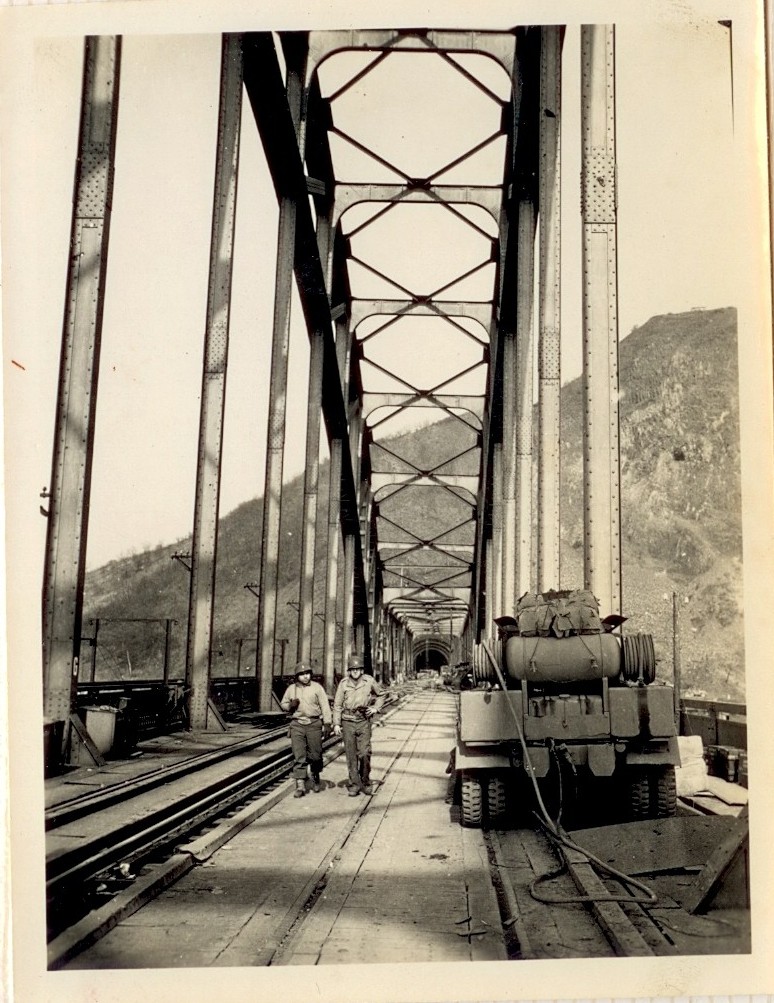
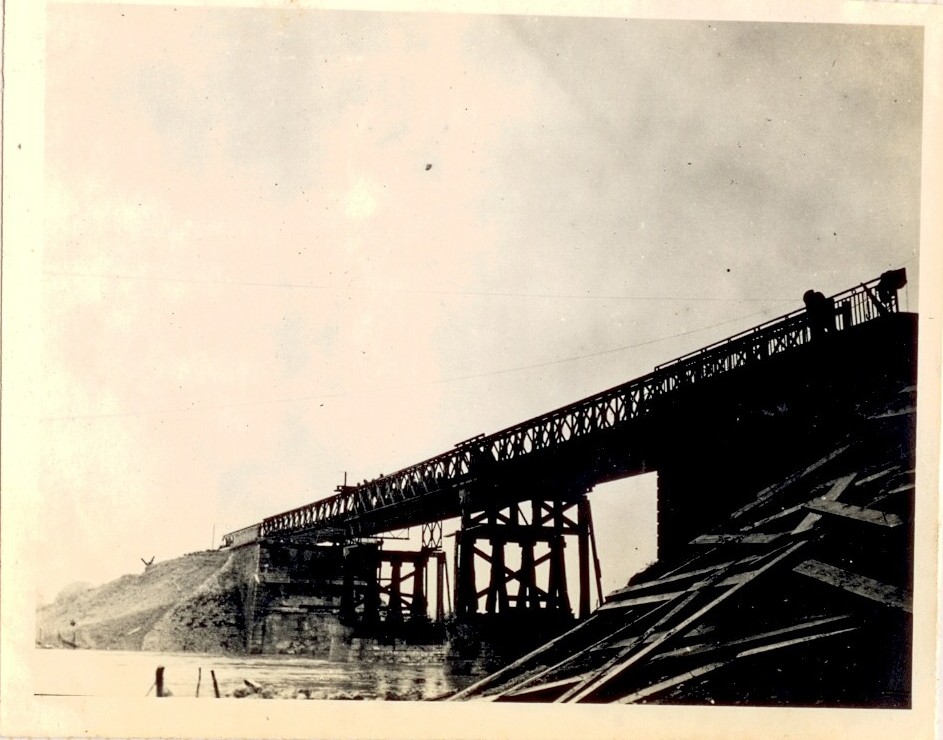
Hunts’ company turned around and slept in foxholes for the night. Engineer units such as the 203rd Battalion were not supposed to engage the enemy in combat. Despite receiving basic infantry training and being proficient with their firearms, they were engineers first. Their primary tasks were to construct bridges and repair roads, not to attack the enemy.

A few days after the initial landings, the 203rd Battalion moved back to the beaches as their heavy equipment arrived. Their new task was to clear the beaches and the roads of any obstacles.
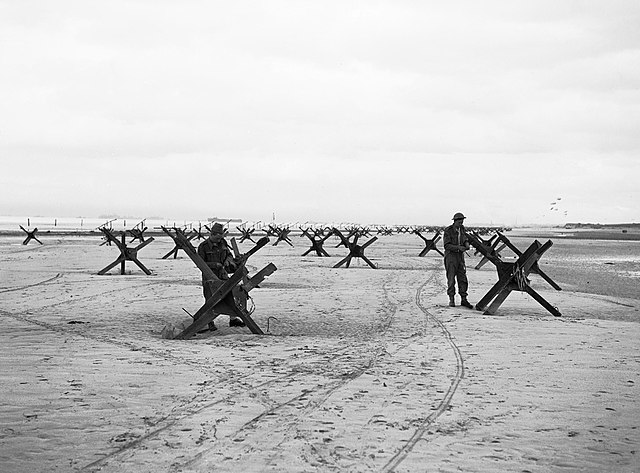
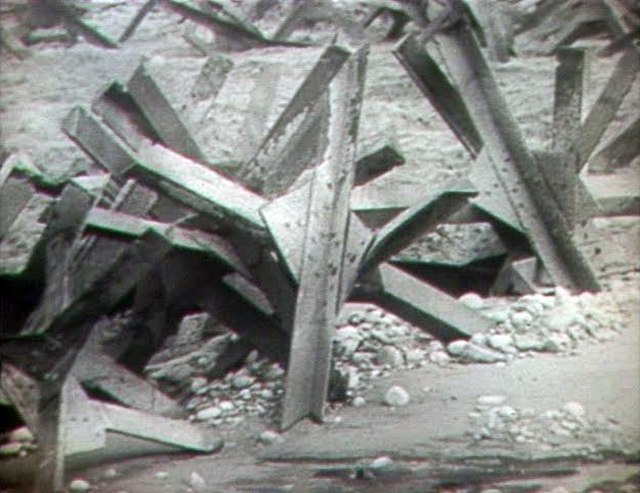
The beaches were covered with a variety of obstacles from the basic hedgehog tank obstacle design to block paths to landmines such as the jack mine. The jack mine was a German design that could be set to allow for a number of vehicles to pass over before it exploded.
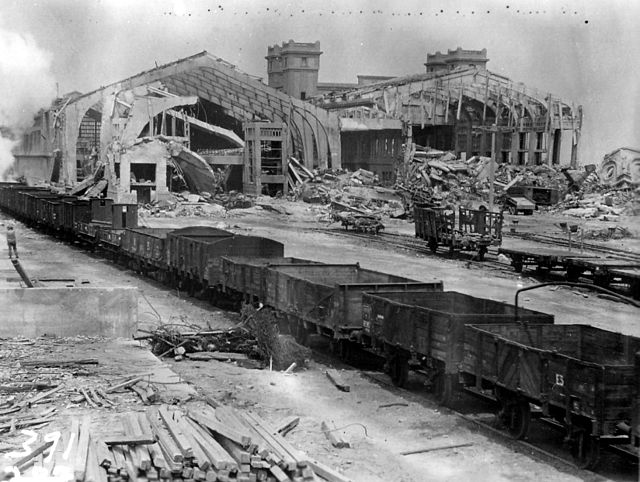
Originally, the plan involved using the port at Cherbourg as the main staging ground for allied shipping, however, the German forces destroyed the port. The Normandy beaches became the ports for the allied forces. Robert Hunt and the 203rd spent weeks on the beaches, clearing mines and obstacles for ships to land disembark supplies and men, and for vehicles to push inland.
Without the effort of Robert Hunt of the 203rd Battalion and the 6th Engineer Special Brigade, the allies could not have moved further into France. The construction of useable bridges and cleared roads allowed the allies to maintain their hold on the beaches and push out of Normandy to liberate France.
